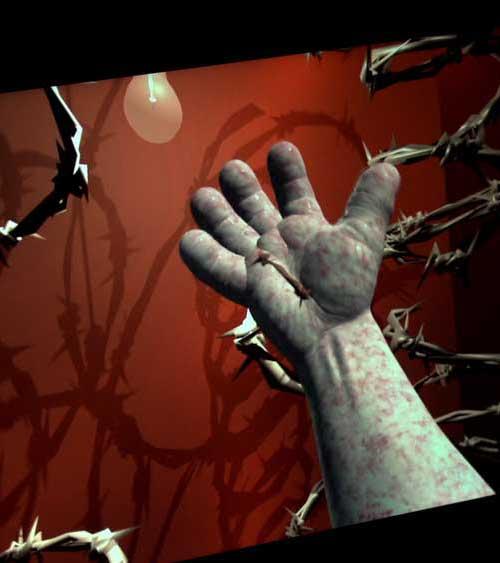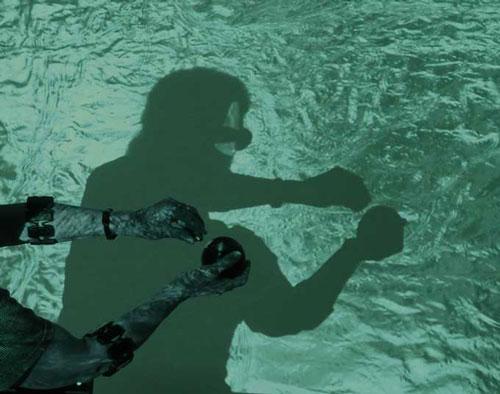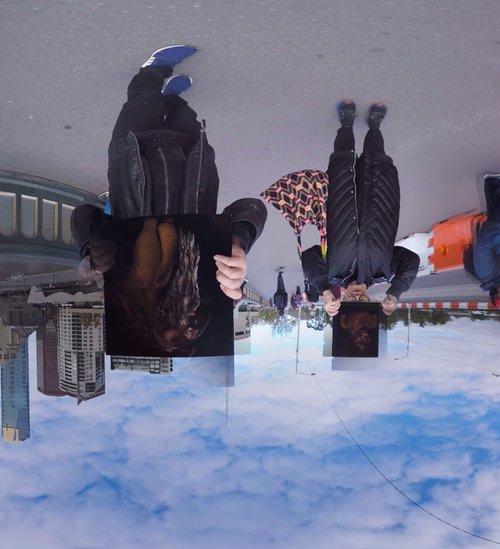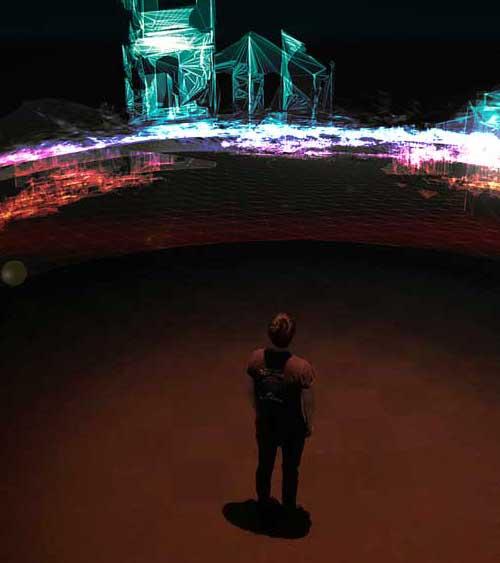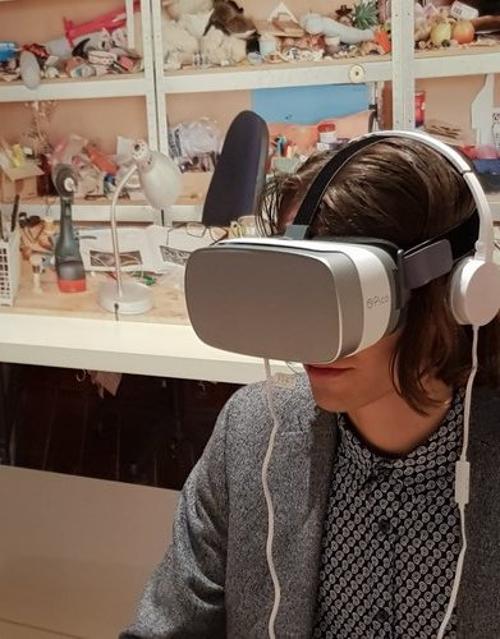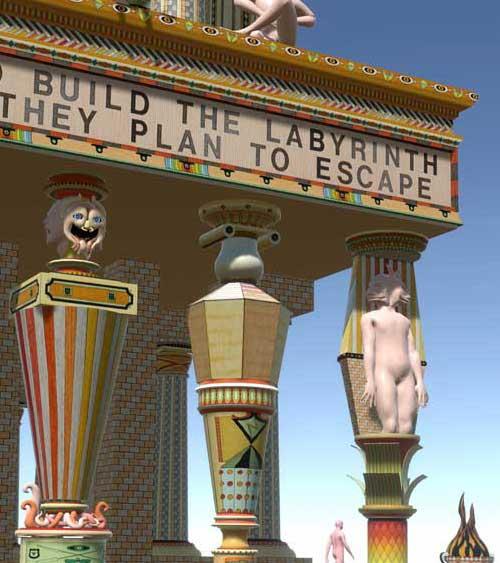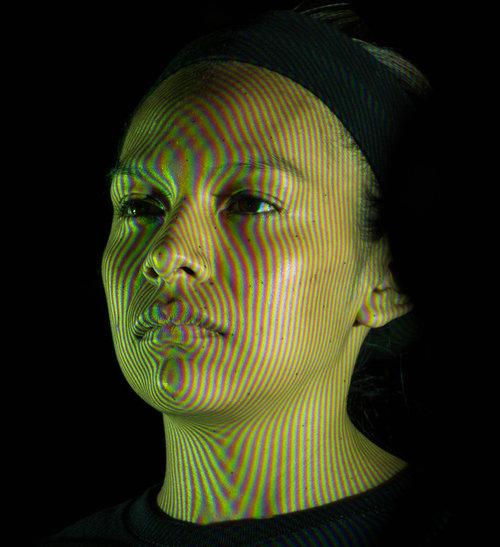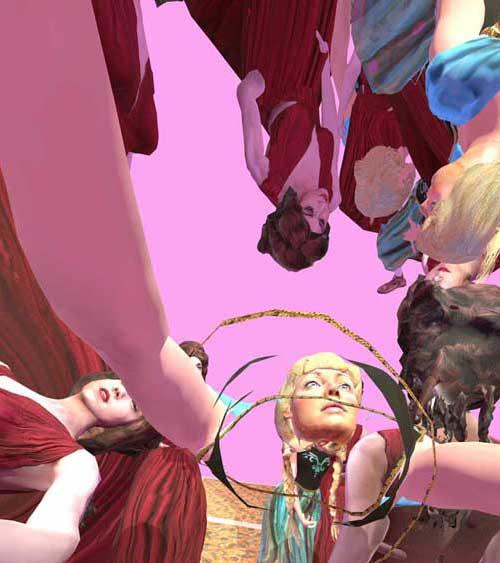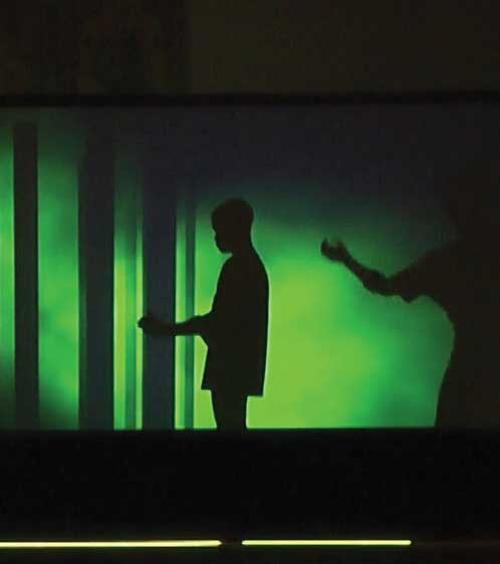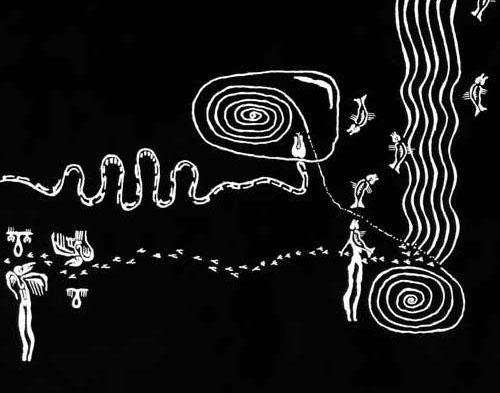Artificial imagination: Deepfakes from latent space
By now, you’ve probably witnessed a deepfake: a synthetic image or video produced by machine learning processes that appears to be real. These images have naturally led to some concern that elections might be swung or geopolitical rifts opened by some believable, but false evidence. A confession – a smoking gun – manufactured to manipulate public sentiment and destabilise democracies. So far, deepfakes have been as benign as a missile test. They are typically framed by the story of their own production, serving both to showcase the power of artificial intelligence and as a warning about the images to come.

